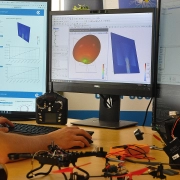Simulation of different types of drones, quadcopter and UAV’s
Drones, quadcopters, or UAV’s can’t be imagined without antennas. For successful operation of recreational, industrial, or military drones – signal strength is the most important factor. To achieve the best results – various specific antennas are designed for this purpose, and it’s unimaginable without computer simulation.
An Antenna is a transducer, which converts electrical power into electromagnetic waves and vice versa.
An Antenna can be used either as a transmitting antenna or a receiving antenna.
- A transmitting antenna is one, which converts electrical signals into electromagnetic waves and radiates them.
- A receiving antenna is one, which converts electromagnetic waves from the received beam into electrical signals.
- In two-way communication, the same antenna can be used for both transmission and reception.
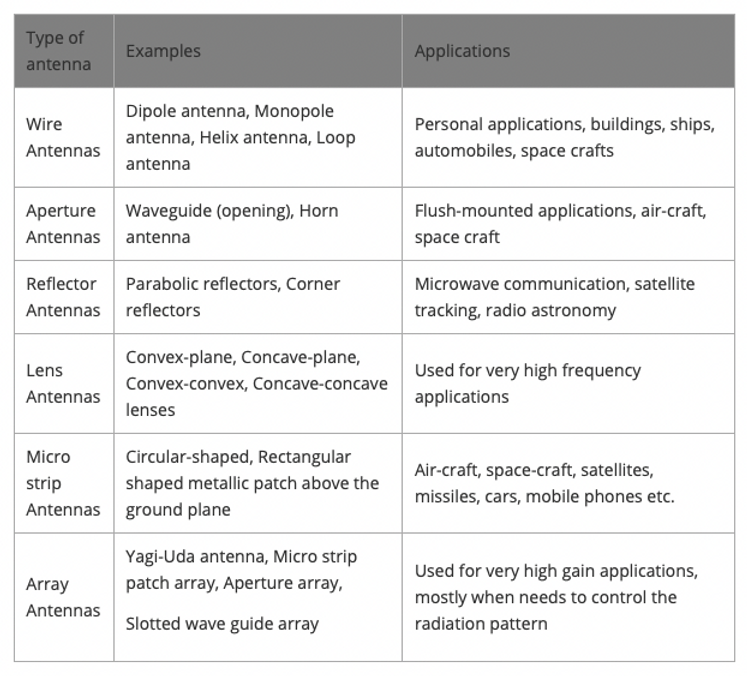
Drone transmitter and receiver – radio control system (TX/RX)
Remotely piloted drones just like any other radio-controlled devices require a radio control system that consists of a transmitter and a receiver, necessary to operate the unmanned aerial vehicle (UAV). Additionally, to avoid losing the drone, some information is sent back to the remote control, this feature is called telemetry – sends back vital information like battery level and signal strength.
Usually, remote controls (RC’s) have one or two monopole antennas (also called bar-shaped, terminal antennas). When the antennas are positioned upwards the strongest signal is in a line perpendicular to them, while any location parallel to the antennas will receive a weaker signal. Therefore, it is best to adjust the direction of antennas according to the position of the aircraft and avoid flying the aircraft directly above the tip of the antennas to maintain a strong wireless connection.
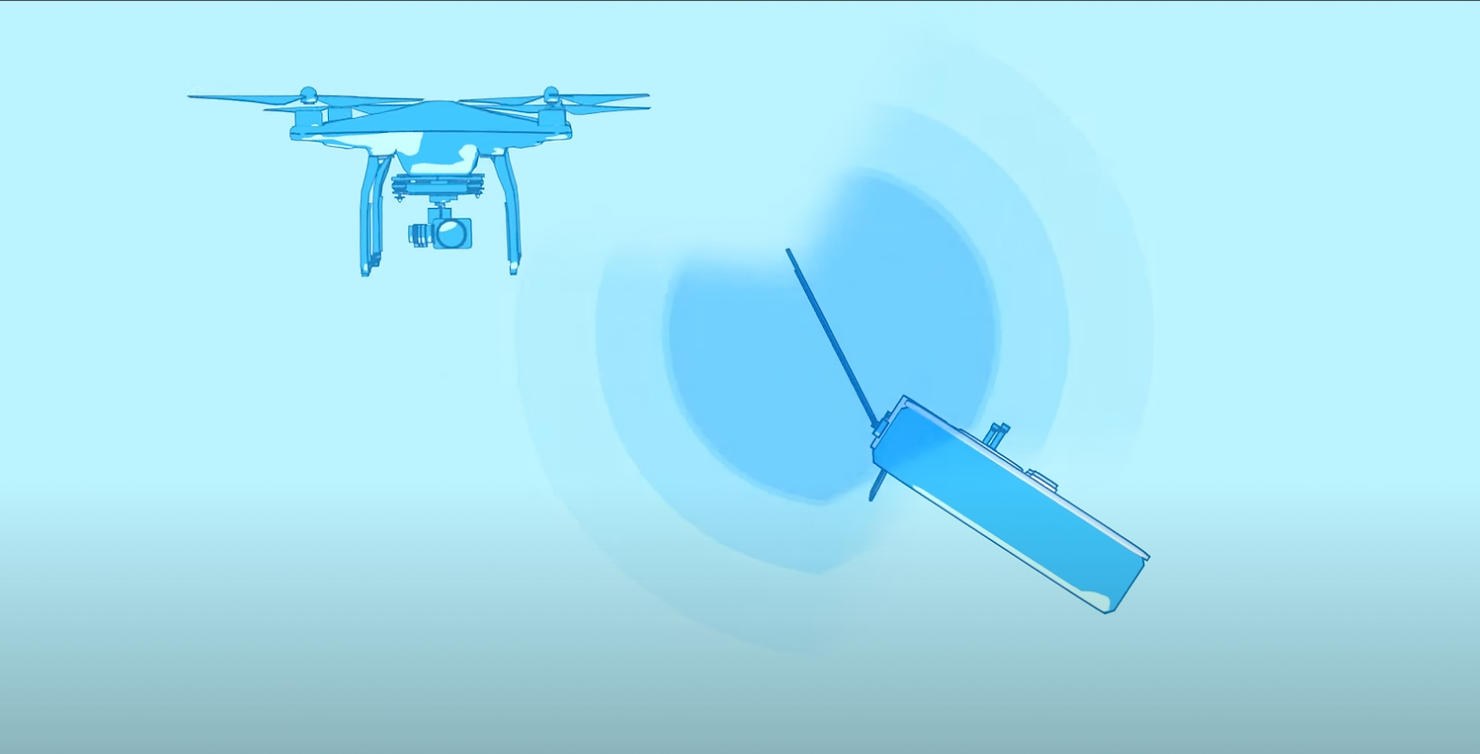
How to choose a drone TX/RX antenna?
Frequency is one of the most important aspects to consider early on in the hunt for a suitable antenna. Each antenna is tuned to work well with a particular range of frequencies. So a 2.4GHz monopole antenna will not work well with a 5.8GHz setup and vice-versa. Most drones (except FPV) operate at the 2.4 GHz frequency radio band. In general, the lower frequency antennas are bigger than the higher frequency ones.
First-person view flying (FPV) antennas
Frequency – most FPV setups use 5.8 GHz antennas, 5.8 GHz does have slightly better video and audio quality than lower frequency bands due to the higher data rate. The furthest range is expected at maximum 500 meters in ideal conditions where nothing stands between the operator and the drone. In order to have a really good range with 5.8 GHz, using decent FPV antennas is extremely important.
Antenna Polarization – Linear or Circular
The first concept to understand is antenna polarization. There are two main categories of antennas, linearly and circularly-polarized antennas. For this reason most of FPV drone pilots actually get better reception when using circular polarized (CP) FPV antennas.
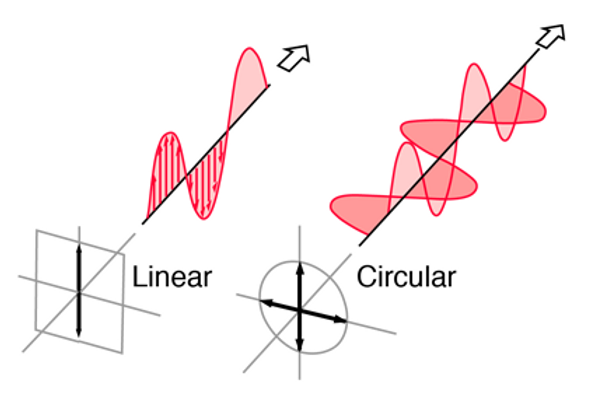
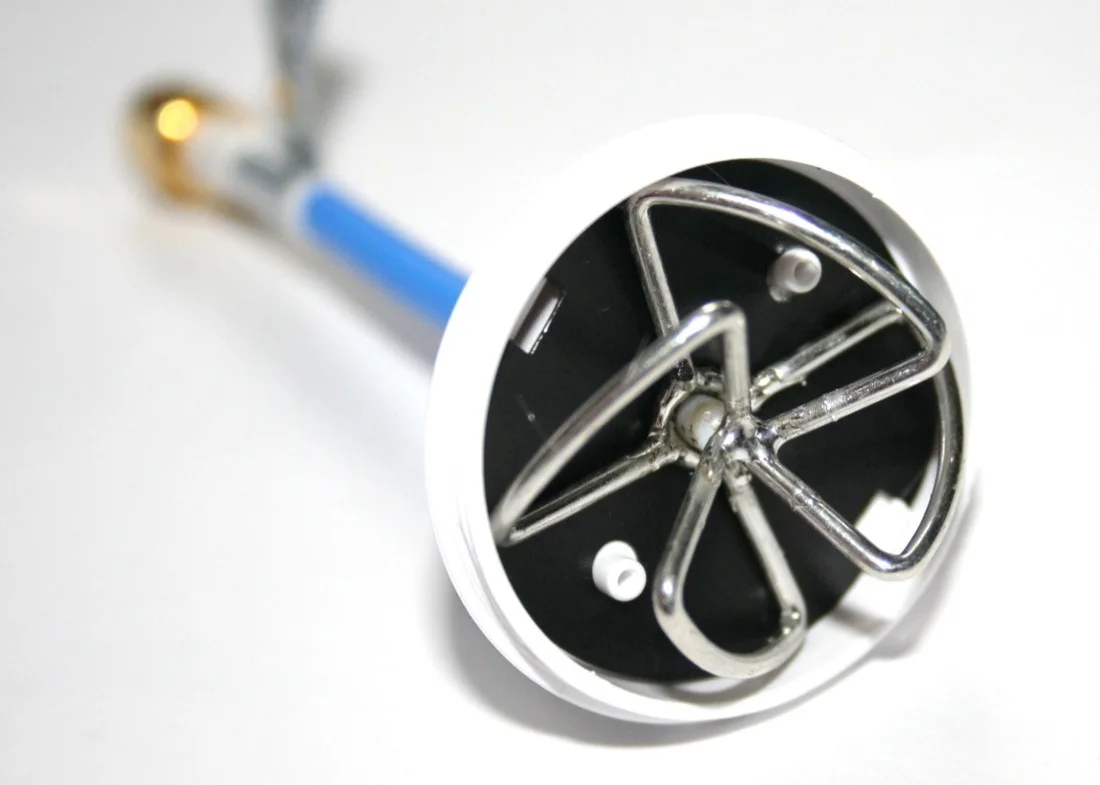
“Lollipop” antenna – circularly polarized antenna for FPV drone flying
The polarization of an antenna refers to the orientation of the electric field it produces.
Polarization is important because the receiving antenna should have the same polarization as the transmitting antenna to maximize received power.
What is the best antenna placement for the receiver antenna on a drone?
Ideally the antenna should also be in a position where a theoretical line can always be drawn between it and your VRX antennas without the drone frame blocking it. The best solution for this is to mount the antenna out the back of the craft at an angle.
To determine what is the best antenna placement to avoid signal blocking on a drone or a transmitter (remote control or video signal transmitter) a computer simulation comes very handy.
Here’s a simulation of a simple RC antenna done with CENOS Antenna Design simulation software:
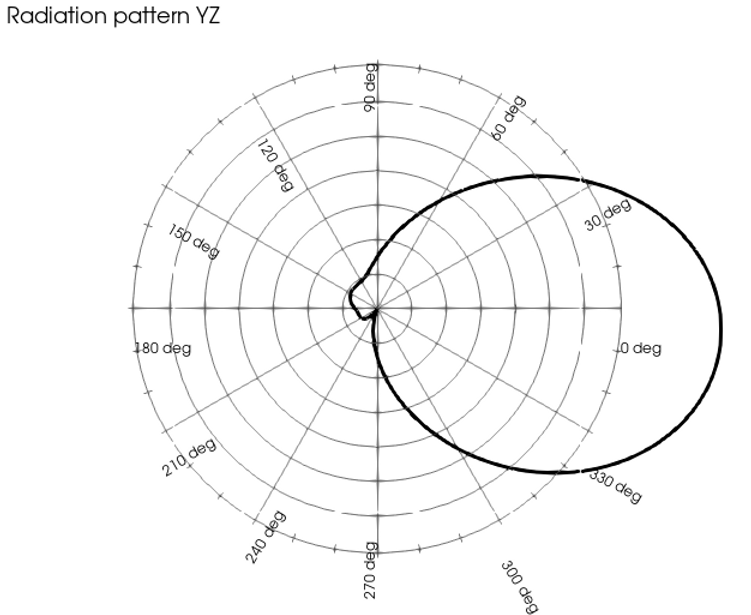

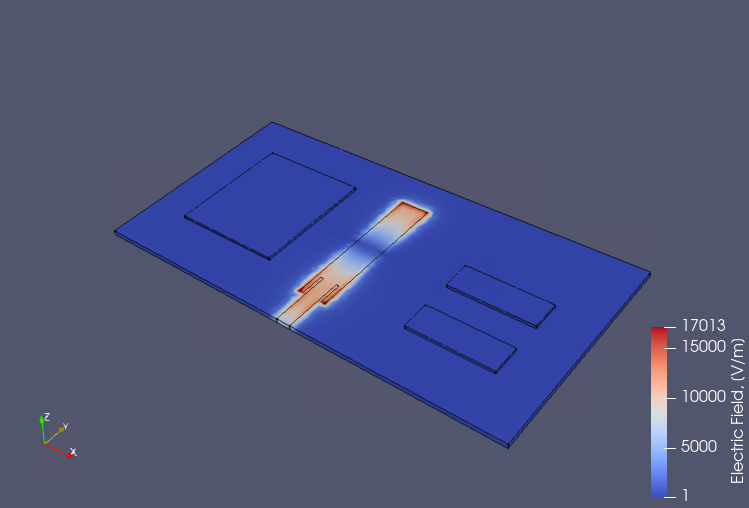
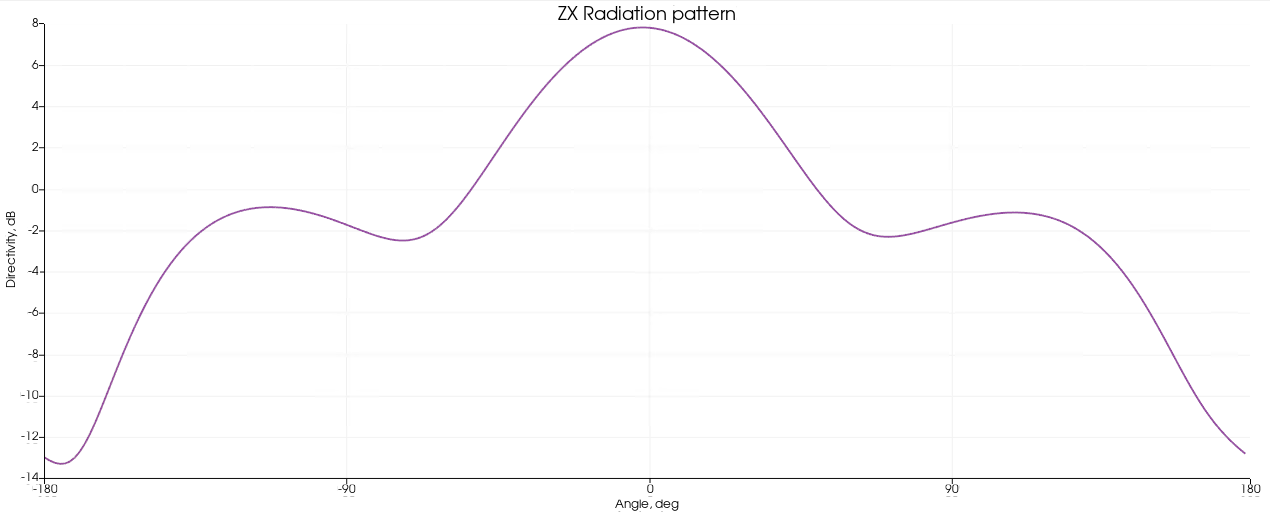
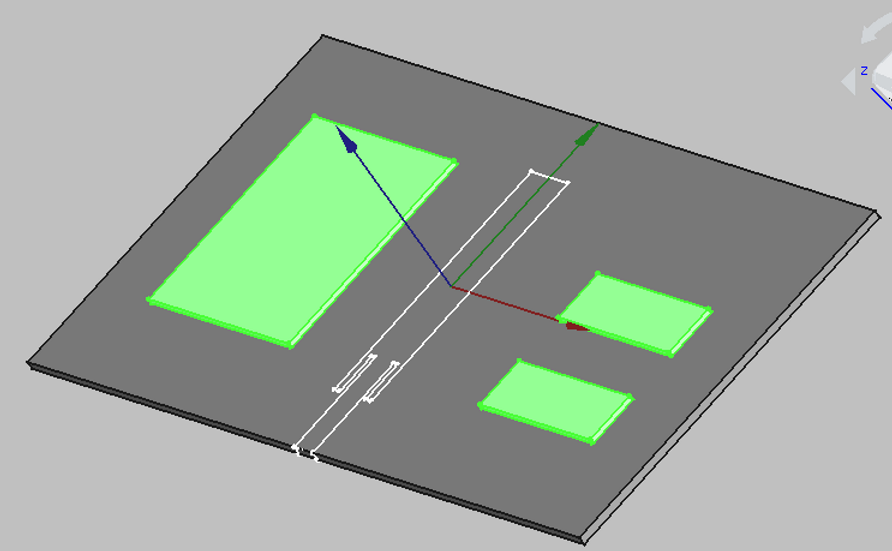
Reduce the number of physical tests and design time of RF antennas. Develop hardware prototypes with confidence with CENOS. Start your free trial today or read our documentation to learn more.

